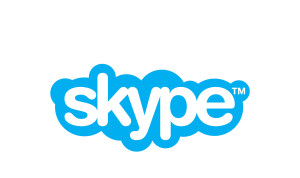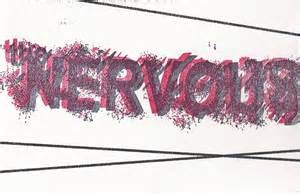By Marci Liroff
I’ve long been a fan of technology, especially in my casting office. I’ve gone from having a bookcase overflowing with Betamax tapes to links to actors’ videos on my laptop. Years ago, if I wanted a demo reel on an actor, I would have to go to Blockbuster, rent tapes, and edit it myself. Or, if the agent was very savvy, I would ask for it and it would arrive via messenger into the studio mailroom, then finally delivered to me 48–72 hours later. Not a good way to do business!
Information needs to be attainable lightning fast.
Nowadays, when I’m on the phone with an agent, she can instantaneously send me a link to an actor and we can talk about it in real time. The same applies to auditioning. If I need to see your audition and you’re not in my city, I’ll request one from your agent or manager. And if you’re set up at home with the right equipment, I can get it within a few hours. On my latest film, I’ve been very impressed with the quality of the self-taped auditions that have been sent my way. They are usually well-lit, the sound is good, and the actor has taken the time to find a good reader—which really helps with the process. This is so easy to do yourself once you understand how to use your equipment to your benefit. My article “How to Self-Tape Your Audition Like a Rock Star” has helped thousands of people.
The new trend (although not so new to me) is auditioning via Skype with the director. Since the director is not usually in your hometown, if we like your self-taped audition we’ll set up a virtual “meeting” through Skype so that the director and actor can discuss the project and get to know each other. I’ve been using this method for several years with my tech-savvy director clients, with a little twist.
My director wants to work with you via Skype while you rerecord your audition. You’ll tape your audition on your video camera, like usual, but he’s essentially “in the room” with you via Skype with your laptop pointed toward you. He can watch you audition, give you notes, and redirect you throughout your takes. Then you send in the link to what your camera taped for our review. I’ve hired actors for leading roles a few times with this method without ever being in the same room with them. (In those cases, the actors were somewhat well-known and had a body of work to show in addition to our audition.)
I’ve also “beamed” my director into the audition room when he’s off on location, and I’ve set up auditions in my L.A. office. I prop my laptop up on a large box atop a chair, and it’s almost like he’s there giving you direction. I have a special camera that hooks into my computer and bypasses the laptop camera, so that when we Skype or FaceTime, he’s actually seeing what my camera sees instead of the laptop camera. Pretty cool, huh?
Through the years I’ve noticed that some actors are comfortable with this process and truly excel, and some are extremely befuddled by it. They don’t know where to look or which camera to act toward. They should be connecting with their reader, who is standing right next to the tripod of the camera shooting their audition, and then connecting with the director (on their laptop) to get direction on the scene and to talk.
At this point in the game, you’ve got to familiarize yourself with the latest technology so it’s like second nature when the opportunity knocks. Practice at home with your friends who live out of town. Have meetings on Skype, FaceTime, and Google Hangouts so that you’re familiar with the different platforms.
Most of all, have fun with it! The future is here!
Make sure to check out my new online course “How To Audition For Film and Television: Audition Bootcamp”. You can view it on your laptop or your mobile device and your subscription gives you lifetime viewing privileges for this course. I’ll be adding lectures throughout the year.






Recent Comments